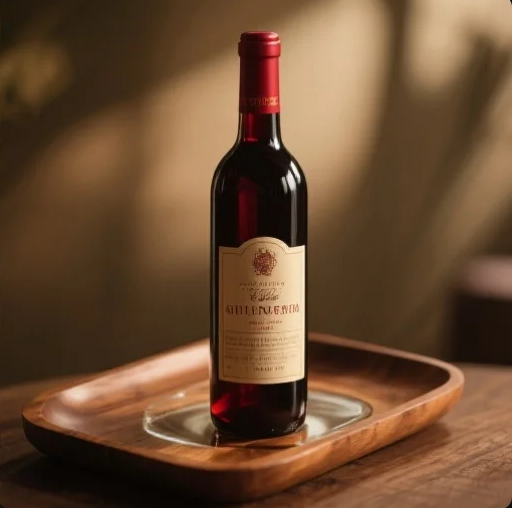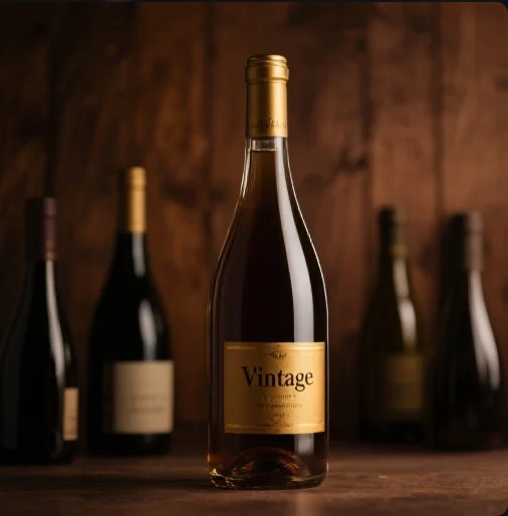热点聚焦!酒口感很重要吗英语作文:探索饮品的味道与社交享受的关系

When it comes to the world of spirits and beverages, one question that often arises is whether the taste of the drink is truly important. As a connoisseur and enthusiast, I have had my fair share of experiences navigating through the numerous options available in the market. From intimate gatherings to grand celebrations, the drinks served are often the highlight of the occasion. However, the essence of these beverages lies not only in their alcohol content but significantly in their taste. This raises the age-old question: does the taste of alcohol matter that much? Throughout this essay, we will dive deeper into this topic by exploring the importance of taste, the impact of packaging design, and market evaluations, ultimately convincing you that yes, the taste of alcohol is indeed crucial.
Why is Taste So Important?
Taste is the first and foremost factor that determines whether someone will enjoy a drink or not. The palate is a complex sensory system, affected by multiple factors including smell, texture, and temperature. When we talk about the taste of alcohol, we refer to the intricate blend of flavors and aromas that come together to create a unique experience. Factors such as the ingredients used, fermentation processes, and aging methods contribute significantly to the final taste profile.
For instance, wine enthusiasts often describe the taste of a Cabernet Sauvignon as rich and full-bodied, with notes of dark fruits such as blackberry and blackcurrant. In contrast, a Sauvignon Blanc may be appreciated for its crisp acidity and hints of white floral notes. The maturation of these beverages in barrels further elevates their taste, adding layers of complexity such as vanilla, oak, and spice. Thus, appreciating the specific taste of a drink can significantly enhance the overall experience.
Moreover, the social aspect of consuming alcohol can also be heavily influenced by taste. A pleasing flavor profile can make gatherings more enjoyable and memorable. Imagine celebrating a milestone with friends over a fine whiskey that you all genuinely enjoy. It strengthens the bonding experience and creates lasting memories. In this sense, taste is non-negotiable—it can define the night!
Does Packaging Design Affect Perception of Taste?

Packaging design is a key element in the beverage industry, often serving as the first point of interaction between the consumer and the product. A beautifully designed bottle can evoke curiosity and allure, prompting consumers to pick it up, while an unappealing package can lead to quick disinterest. Brands invest heavily in their packaging, understanding that aesthetics can manipulate consumer perceptions and, in turn, taste expectations.
The psychology of packaging is fascinating; it draws on colors, fonts, materials, and imagery to communicate the essence of the drink contained within. For example, a premium whiskey may come in a matte black box with golden accents to resonate luxury, potentially leading the consumer to anticipate a richer taste even before the first sip. Studies show that consumers often associate specific colors and designs with certain flavors. A bright-colored soda might give an impression of sweetness and refreshment, while darker tones may evoke complexity and warmth.
Additionally, bottle shapes can also add another layer to this experience. Unique and ergonomic designs can make a positive impression about taste quality. When consumers find a bottle easy to hold and pour from, their likelihood to enjoy the drink can increase markedly. Thus, while packaging may not change the actual flavor of the drink, it certainly influences the perception of taste, which is crucial for those in the retail space.
How is Taste Evaluated in the Market?
The market is rife with different opinions and evaluations regarding the taste of alcoholic beverages. Consumer reviews can significantly influence the success of a product, as prospective buyers often rely on the experiences of others when making their purchases. Five virtual personas we crafted in this analysis each provide insight into the diverse perspectives regarding the importance of taste:
- Emily, the Wine Aficionado: “The nuances in taste are what sets apart a mediocre wine from an exceptional one, and I often recommend wines based on their flavor profiles rather than merely their labels.”
- Jordan, the Craft Beer Enthusiast: “Taste is king! I only go for breweries that emphasize flavorful ingredients and unique brewing methods.”
- Sophia, the Whiskey Connoisseur: “For me, the depth of flavor in whiskey is critical. I’m always on the lookout for new bottles to taste, especially those with great reviews on flavor.”
- Liam, the Casual Sipster: “Sure, if it tastes good, I’ll drink it. But if it tastes bland, I won't hesitate to pass it up.”
- Isla, the Mixologist: “Taste is at the core of my cocktails. The balance of flavors is essential for crafting memorable drinks.”

These consumer perspectives underscore the importance of vital taste components in generating interest and respect for various beverages in the marketplace. They highlight that irrespective of the branding or packaging elements you encounter, ultimately, the flavor profiles are what will guide repeat purchases and loyalty.
In conclusion, the question—“Is the taste of alcohol really that important?”—is answered with a resounding yes. Taste is critical; it affects personal enjoyment, defines social gatherings, and influences market success. Both the packaging design and customer evaluations play significant roles in shaping our perceptions and experiences with beverages. For producers and brands in the industry, focusing on crafting superior taste profiles and complementary packaging strategies will not only resonate with consumers but also carve a more significant space in a competitive marketplace. Therefore, when you raise that glass, remember that the taste isn't just essential—it's everything.

